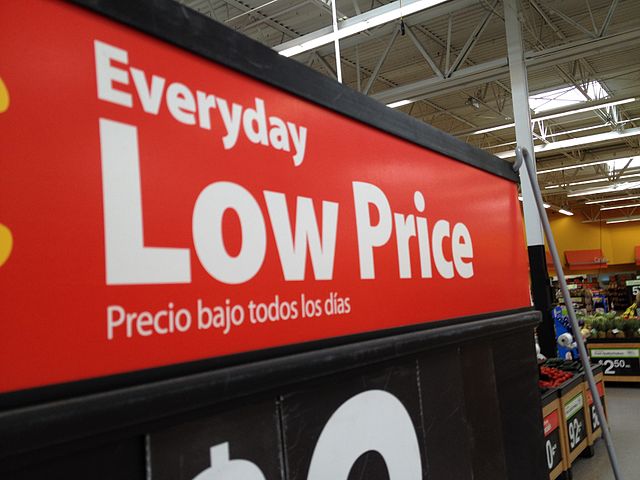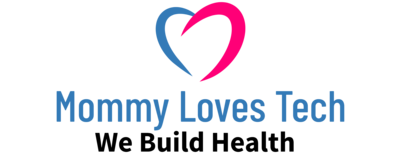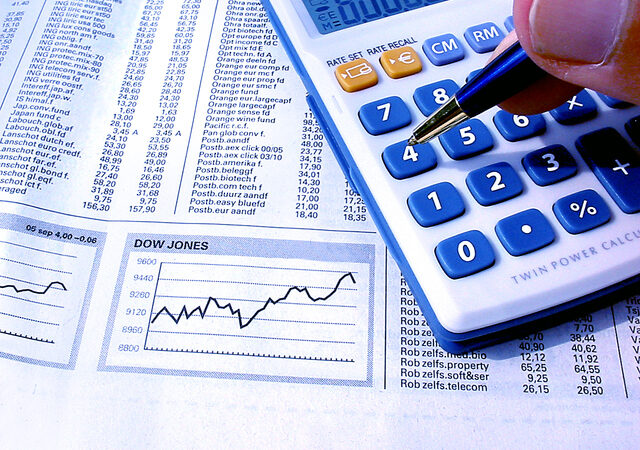
The Psychology of Pricing
Pricing is a powerful tool in the world of business. It can make or break a product, influence customer decisions, and ultimately determine the success of a business. But pricing is not just about setting a number; it’s about understanding the psychology behind it. In this blog post, we will delve into the fascinating world of the psychology of pricing and explore how businesses can use it to influence customer behavior.
The Power of Perception
The first and most crucial aspect of pricing psychology is the power of perception. Customers don’t just see a price; they perceive its value based on various cues and context. Here are some key factors that influence how customers perceive prices:
1. Anchoring
Anchoring is a cognitive bias where people rely heavily on the first piece of information they receive when making decisions. In pricing, this means that the first price a customer sees can significantly impact their perception of value. For example, if a high-end restaurant lists a $100 steak on its menu, a $40 steak suddenly seems like a great deal, even though it might still be relatively expensive compared to other restaurants.
Businesses can use anchoring to their advantage by strategically placing higher-priced items near the products they want to sell the most. By setting the context with a premium option, other items may appear more affordable.
2. Price Ending
The way prices end can also influence perception. Research has shown that prices ending in .99 or .95 are more appealing to customers because they create the illusion of a lower price. For example, $19.99 seems much cheaper than $20.00, even though it’s only a one-cent difference.
This is a common pricing strategy used across various industries to make products appear more affordable without significantly reducing the actual price.
Emotional Triggers
Pricing is not just a rational decision; it’s also an emotional one. Emotions play a significant role in influencing customer behavior when it comes to making purchasing decisions. Here’s how businesses can tap into these emotional triggers:
3. Scarcity and Urgency
Creating a sense of scarcity or urgency can push customers to make a purchase quickly. Limited-time offers flash sales, and phrases like “while supplies last” or “only a few left” trigger a fear of missing out (FOMO) and can lead to impulsive buying decisions.
For example, online retailers often display countdown timers next to discounted items, creating a sense of urgency that encourages customers to act fast.
4. The Power of Discounts
Discounts, when used strategically, can be powerful motivators. A simple 20% off can make a customer feel like they are getting a good deal, even if the original price was inflated. Businesses should be careful not to overuse discounts, as this can devalue their products in the long run.
Additionally, the way discounts are presented matters. For instance, “Save $10” is more appealing than “10% off” because it provides a clear, tangible benefit.

The Psychology of Pricing Strategies
There are various pricing strategies that businesses employ to influence customer behavior. Here are a few effective ones:
5. Price Bundling
Price bundling involves offering multiple products or services together for a lower combined price than if they were purchased separately. This strategy appeals to customers who perceive added value in getting more for their money. For example, a streaming service might offer a bundle that includes access to music, movies, and exclusive content at a lower price than subscribing to each separately.
6. Charm Pricing
Charm pricing is the practice of setting prices just below a round number, typically by one cent. For example, pricing a product at $9.99 instead of $10.00. This tactic is rooted in the belief that customers perceive prices ending in .99 as significantly lower than the nearest whole number. It works because it triggers the emotional response of getting a deal, even if the savings are minimal.
7. Prestige Pricing
Prestige pricing is used to create an aura of luxury and exclusivity around a product or service. Businesses set prices at a premium level to convey quality and prestige. High-end fashion brands and luxury car manufacturers are masters of this strategy. Customers are willing to pay more because they associate higher prices with higher quality and status.
Personalization and Customization
In today’s data-driven world, businesses can leverage customer data to personalize pricing and offers. This can be a powerful way to influence customer behavior:
8. Dynamic Pricing
Dynamic pricing involves adjusting prices based on real-time data, such as demand, competitor pricing, or even the customer’s browsing and purchase history. Airlines, hotels, and ride-sharing services often use dynamic pricing to maximize revenue. While this approach can lead to higher profits, it must be implemented carefully to avoid customer backlash.
Ethical Considerations
While understanding the psychology of pricing is crucial for businesses, it’s essential to use these strategies ethically and transparently. Deceptive pricing practices can damage a brand’s reputation and erode customer trust. Businesses should always strive to provide real value to customers rather than manipulate their perceptions. For more articles, information, and resources about pricing, you can visit Check Gift Card Balance Online to learn more.
In conclusion, pricing is a complex and powerful tool that can significantly influence customer behavior. By understanding the psychology of pricing, businesses can make informed decisions that not only boost their bottom line but also provide value to their customers. Whether it’s anchoring, emotional triggers, pricing strategies, or personalization, pricing is an art that, when mastered, can lead to success in the competitive world of business.






